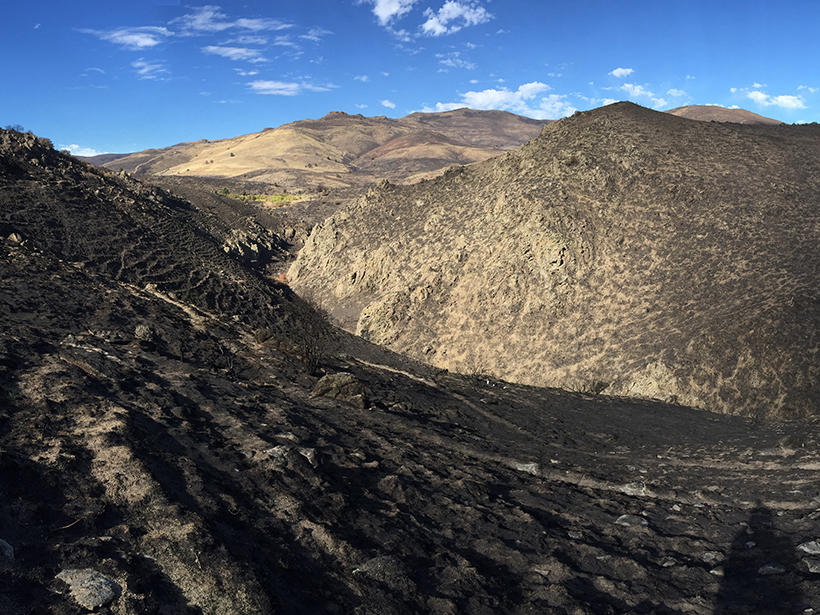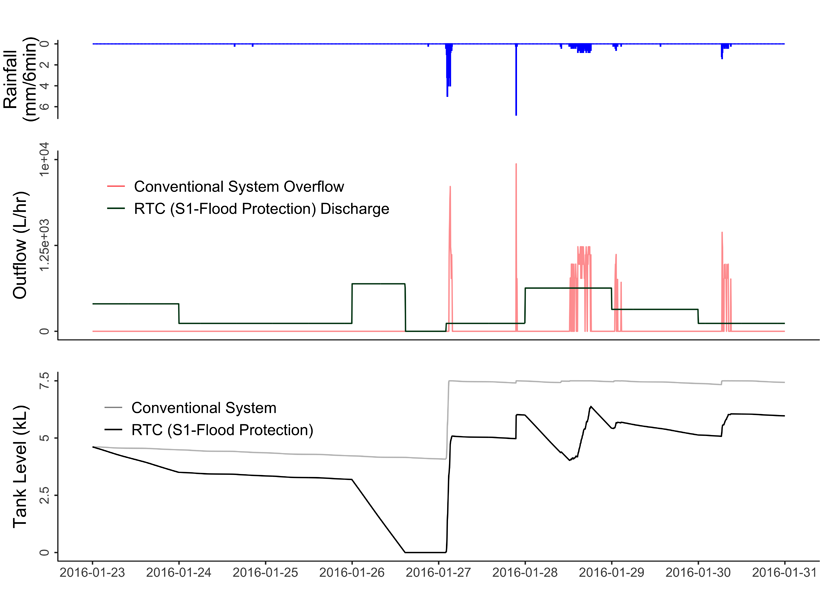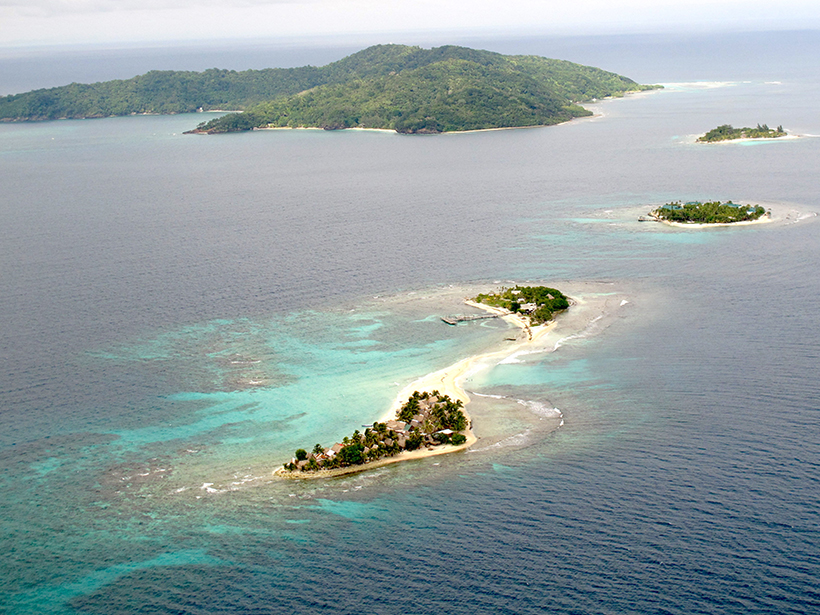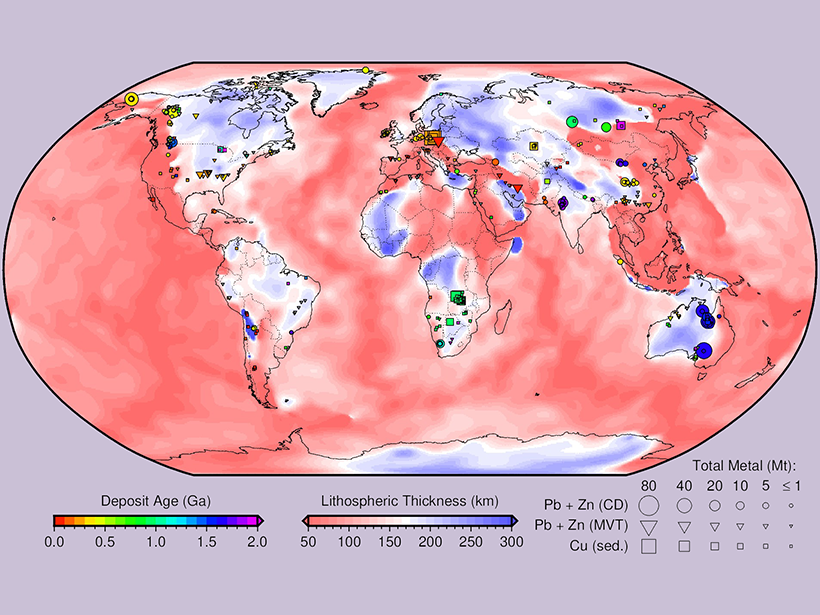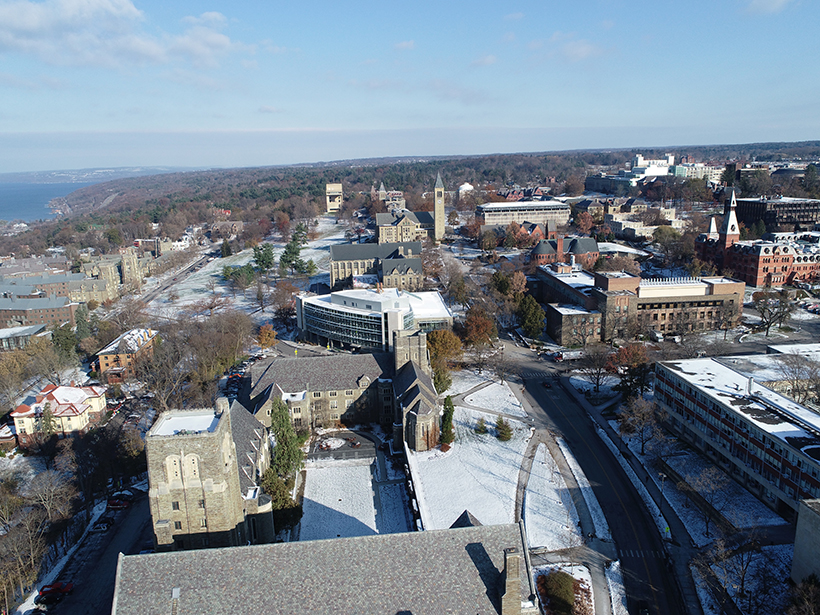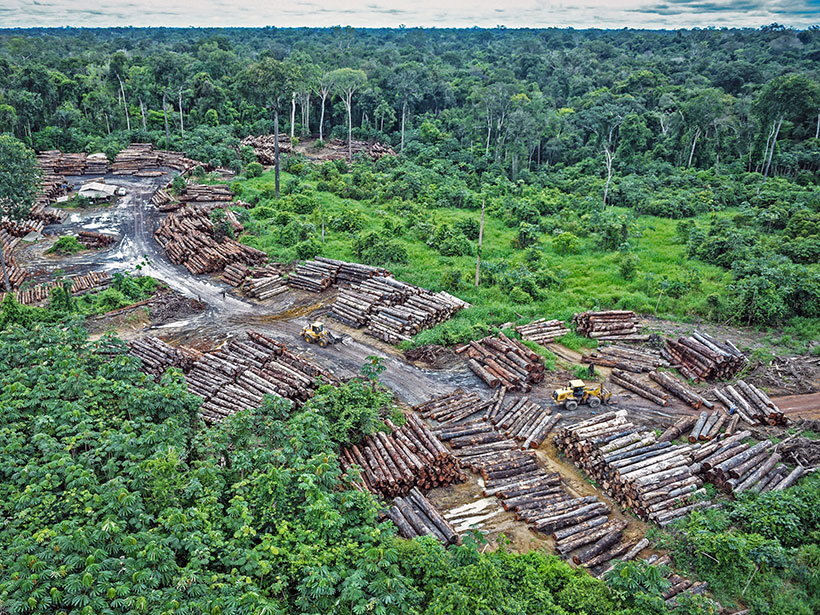The lasting influence humans have on Earth’s critical zone—and how geologic forces have mediated those influences—is revealed in studies of soil and carbon migration.
Natural Resources
Life Teems Below the Surface
Scientists are resolving how plants, microbes, and lithology sculpt the structure of the critical zone.
Next Steps for the Critical Zone
In October, Eos examines a pivotal point for a field of science that’s starting to make a name for itself.
Critical Zone Science Comes of Age
The developing field, which unites Earth scientists to examine the planet’s surface as a single, unified entity, is unraveling the complex, interconnected processes that support life on Earth.
Rainwater Harvesting Can Reduce Flooding as Well as Saving Water
Weather forecasting can greatly improve benefits of rainwater harvesting.
Scientists Support Local Activities to Rescue the Mesoamerican Reef
The reef’s report card analyzed 286 sites in Mexico, Belize, Guatemala, and Honduras. Communities, scientists, and governments are working to improve coral and ecosystem resilience.
Cratons Mark the Spot for Mineral Bonanzas
A new map of the thickness of Earth’s lithosphere contains clues to large deposits of key metals.
Exploring by Boring: Geothermal Wells as Research Tools
As part of an effort to develop a geothermal energy source beneath its campus, Cornell University is planning to probe the “boring” old continental crust upon which many people live.
How Forest Degradation Affects Carbon and Water Cycles
Forest degradation may be as widespread as deforestation in the Amazon, but its impact on energy, carbon, and water fluxes is less well understood.
Deep-Sea Mining May Have Deep Economic, Environmental Impacts
A new report supports the creation of a compensation fund for nations that rely on terrestrial mining, but it fails to dispel environmental concerns over deep-sea mining.

